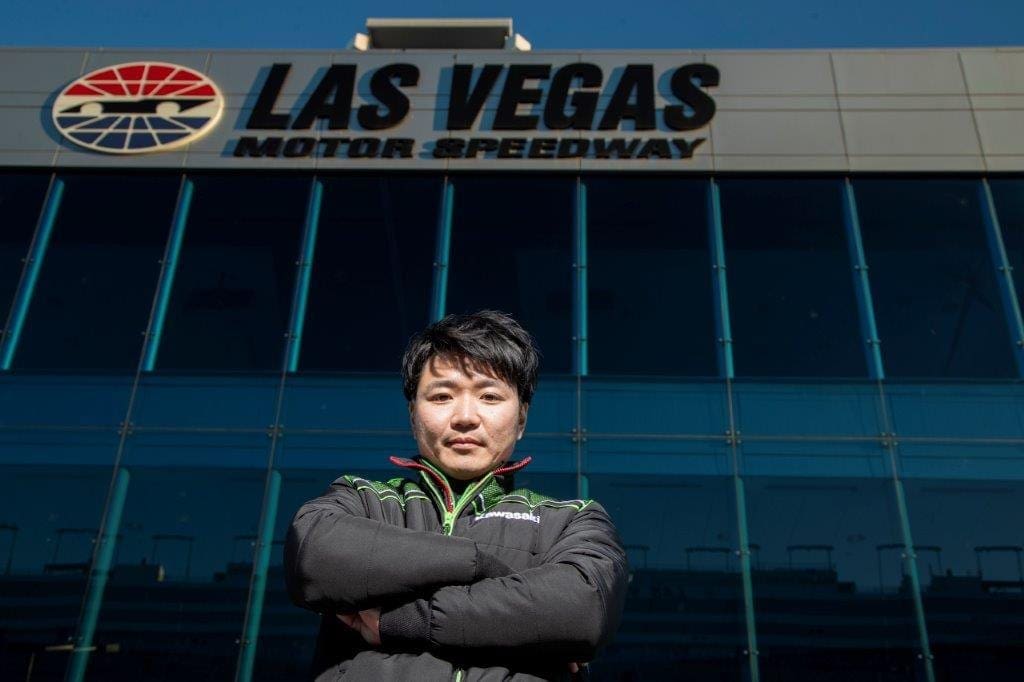
Kawasaki Z H2 Project Manager Koji Ito was on tour with his bike, so we sat him down for a chin-wag…
Why did you choose the H2 SX engine over the H2’s?
We could have gone down either route, but the main reason we chose the H2 SX motor was because it offered a more balanced performance; powerful at the top but also torquey lower down the rev range.
Enjoy everything MSL by reading the monthly magazine, Subscribe here.
Another appeal was the supercharger was balanced on the H2 SX, which allowed for the type of characteristics we were wanting for the Z H2. For us, usability was just as important as potency for, along with a strong economy and good throttle connection. This bike had to be comfortable in town as well as on the open road.
Did you consider supercharging a bigger engine?
We could have used a larger engine (like the ZZR1400’s) for the Z H2’s powerhouse, but with size comes weight and the nature of the project might have suffered from going much bigger with the engine size. We are very happy with the results we have achieved.
Can you scale down the supercharger technology for smaller (future) models?
Of course, anything is possible. On such a project, the challenge would be working out whether we would be searching for more power or to simply improve the emissions of an engine. That’s the great thing about a supercharger – it has more than one benefit.
Obviously we cannot talk about our future plans, but we believe that we have hallmarked the supercharger as a Kawasaki feature, but that’s not to say we’re looking to apply a supercharger onto every one of our motorcycles.
You used the H2 SX’s engine, but not its frame. Why not?
The H2 SX is built for comfort, at high speed with baggage. That bike has a very good frame and handling package, but it didn’t suit the nature of a powerful naked bike that would be used daily in all kinds of riding conditions. It made sense to think again and to develop a frame specifically for the Z H2.
The same logic applied to the bike’s swing-arm. To achieve the right rigidity levels we knew the single-sided item used on the H2 and H2 SX would not be suitable, whereas the swing-arm on the ZX-10RR would allow us a better direction for the naked bike, so we used that as a template when crafting the Z H2’s double-sided option.






